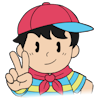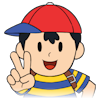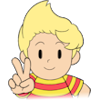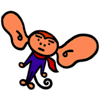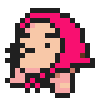About MOTHER 2 / EarthBound
by: Echoes on 1/23/2020
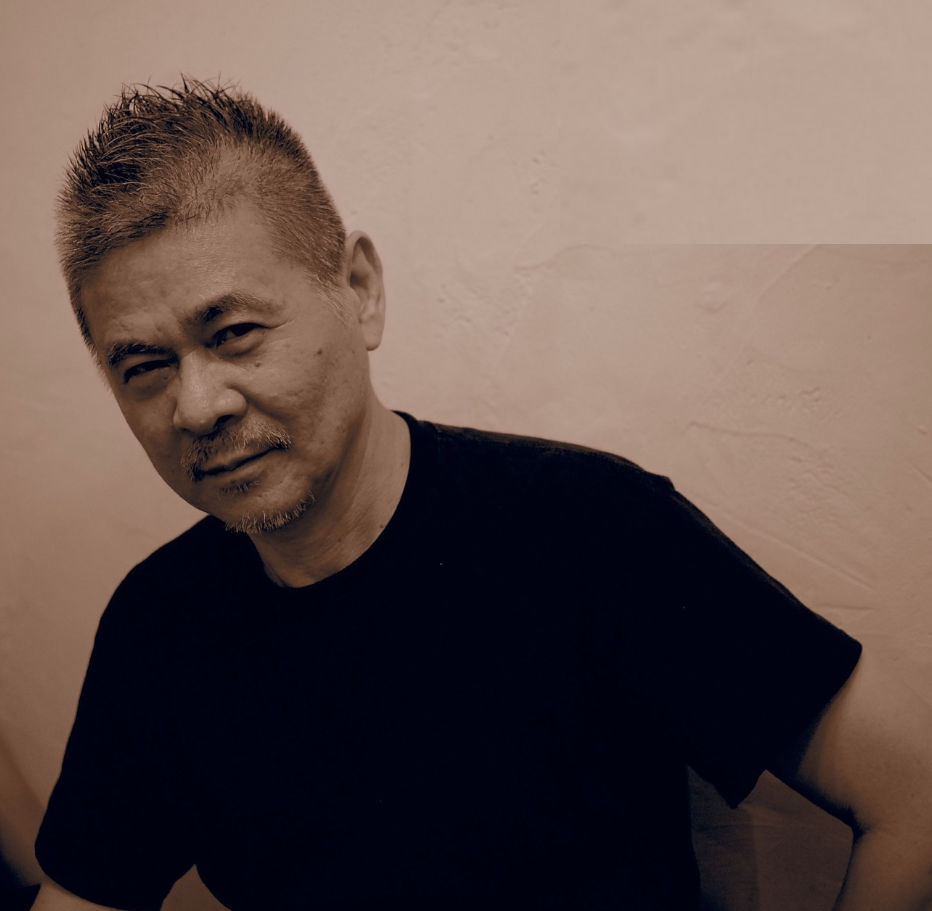
“I’m already thinking of ideas for MOTHER 2. I’ve got two ideas… right now I’m wondering which will be best: a completely different story, or something close to the original. Perhaps I should leave it up to those of you who have played MOTHER…?”
This was a quote from MOTHER series creator Shigesato Itoi preceding the launch of the first game in July of 1989. Before MOTHER even launched on the Famicom, Itoi had ideas brewing for the sequel in his head. When the game proved to be a critical and commercial success upon release, MOTHER 2: Giygas Strikes Back! was immediately greenlit for production on the upcoming Super Famicom.
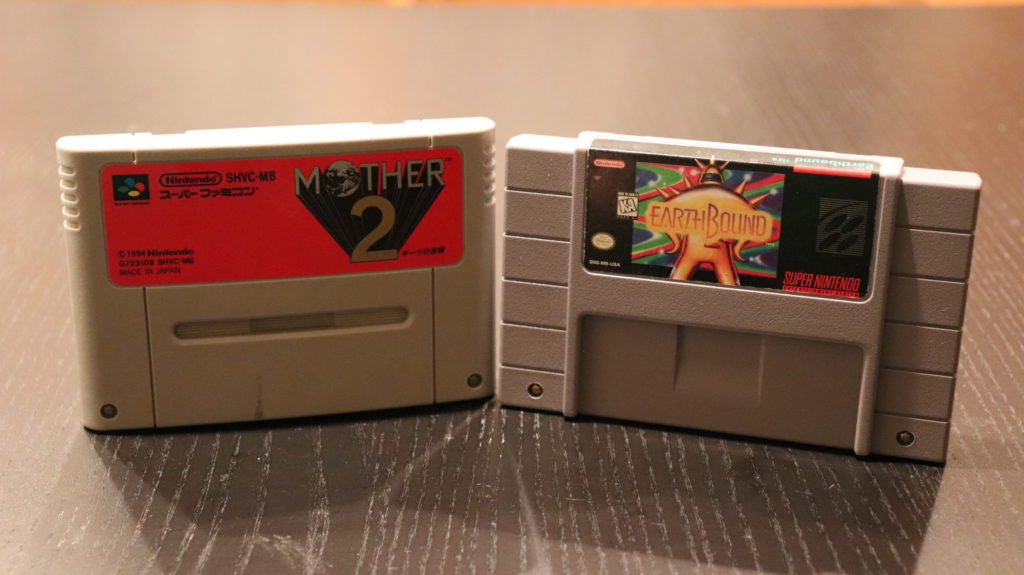
MOTHER 2 follows a protagonist named Ness who bears a striking resemblance to the previous MOTHER protagonist, Ninten. This was an intentional creative decision on Itoi’s behalf to not alienate new players, while also pleasing returning ones that may name the character after Ninten; this would allow MOTHER players the freedom to believe the sequel to be a continuation of his journey. The game begins when a meteorite crashes upon a hill in the middle of the night in Ness’ hometown of Onett. This strange occurrence leads to him meeting a talking bee named Buzz-Buzz, informing him of the cosmic destroyer, Giygas, and his return. With Buzz-Buzz’s guidance, Ness learns he must face his destiny to conquer his inner demons in a quest to collect eight magical melodies, uniting a group of four children called “The Chosen Four” along the way.

The game was mainly developed by Itoi’s company APE Inc. with additional programming done at HAL Laboratories. Many of the initial concepts and ideas proposed by Itoi were far too ambitious for the Super Famicom, one such idea being the main party traveling to outer space. Unlike the last game, MOTHER 2 was written in the hiragana alphabet as opposed to katakana to allow a clearer image of spoken words. The game was originally envisioned on an 8-megabit cartridge, but gradually moved its way on to a 24-megabit cartridge due to the memory needed to store the game’s many sound files and graphics. Development of the game was an intense struggle, nearly being canceled after five years of work until Satoru Iwata joined the team in the spring of 1994. In Itoi’s own words, Satoru Iwata “single-handedly delivered the game to completion”. The game was reprogrammed entirely under Iwata’s supervision at HAL in only three months, refining elements along the way to prepare the game for shipment in the summer.
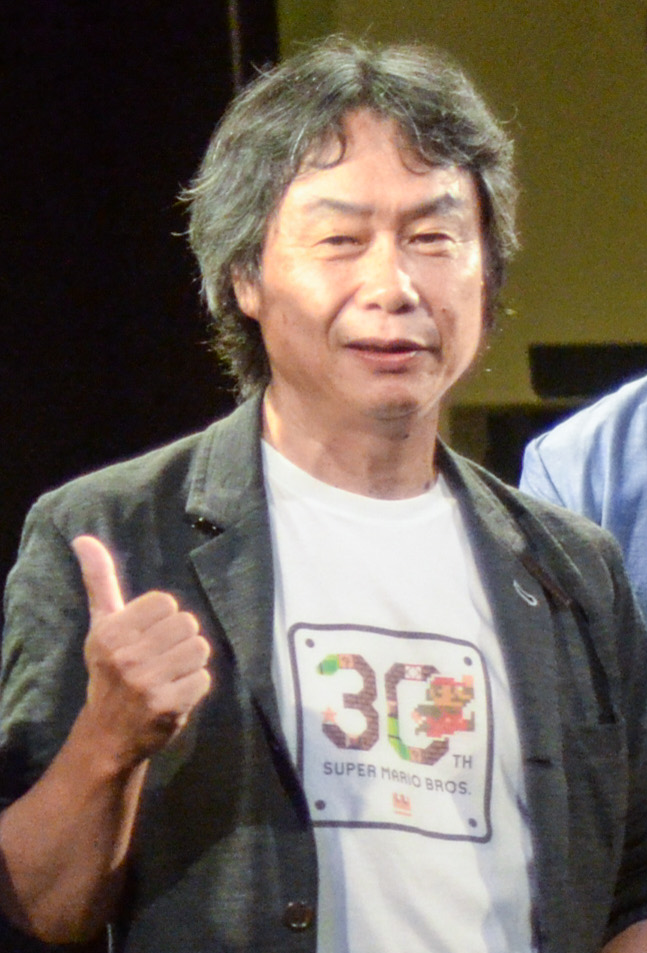
MOTHER 2 released on August 27th, 1994, nearly reaching the same success of the first installment, selling over 300,000 copies during its lifetime in Japan. It fared well critically too, being the first RPG Super Mario creator Shigeru Miyamoto ever finished. This was quite an accomplishment for Miyamoto, as his dislike of RPGs was recognized among his staff. Speaking to Weekly Famitsu, Miyamoto stated:
“I’ve finished MOTHER, too. Though I had to use the debug mode. But this is the first one I ever finished on my own. I even restarted from the very beginning when I lost my save file. I was pretty impressed with myself, to be honest!”.
The game’s success renewed interest in bringing the MOTHER series over to the West, and soon enough, “EarthBound”, now one word instead of two, was announced for release in 1995 on the Super Nintendo.
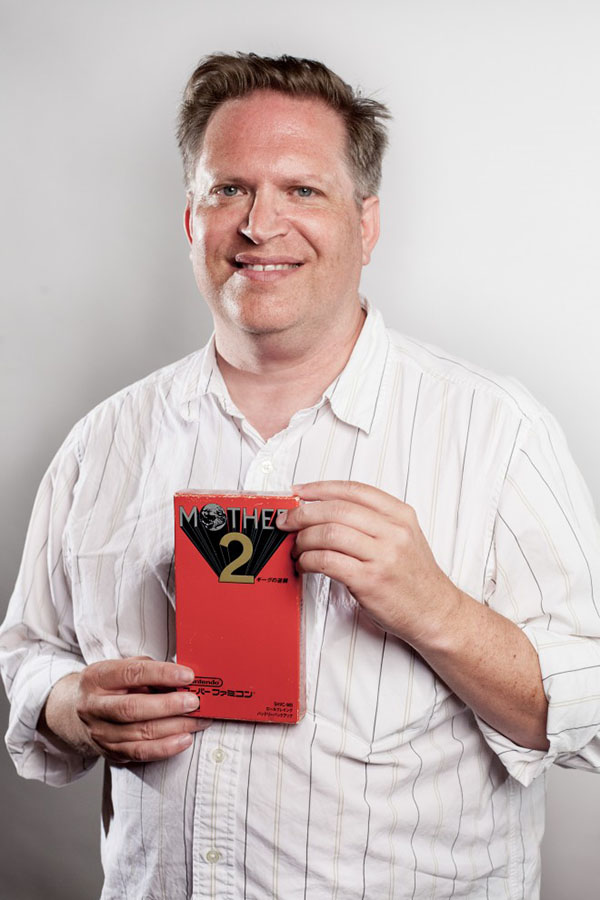
The localization process of MOTHER 2 was headed by Marcus Lindblom, whose main goal in the project was staying true to Itoi’s writing without sacrificing too much of his original intentions through censorship. The removal of religious references and alcohol was a priority for EarthBound in order to meet Nintendo of America’s policies and standards; otherwise, Lindblom was given the opportunity to be as “strange” with the writing as he wanted. When it came to cultural references, Lindblom was guided by translator Masayuki Miura, who gave him advice when it came to localization. The main thought process for the team was to re-contextualize these references into something more appropriate for American audiences. One situation involved the kokeshi statues in the game (blocking the player’s path) that resemble octopuses. In Japan, octopuses and sea-life are held as culturally significant; however, they do not hold the same significance overseas, so this needed to be changed. Miura was unsure of what to change the statues to, so he left it completely up to Lindblom. Inspired by the wordplay Itoi used for the item that erases these statues, “Kokeshi Keshi” (“Keshi” meaning “to erase”), Lindblom decided to creatively keep the spirit of the original pun by having the item redesigned to an “Eraser Eraser”. This led to the metal octopus statues being remodeled as giant metal pencils and erasers. The entire localization took place over six months, between January and June 1995.
When EarthBound released on June 5th, 1995, it was a commercial failure, receiving extremely lukewarm reviews. Video Games and Computer Entertainment summed up the game as “a Barney-esque romp in McDonald’s Playland”, the main criticisms being the “childish” graphics and low difficulty. Marcus Lindblom himself attributed the game’s commercial failure to the high entry price, as the game was sold in a large box containing a 135-page strategy guide. The game was seventy dollars retail upon release, which rounds out to about 118 dollars today, considerably above the average price of most Super Nintendo games at the time.
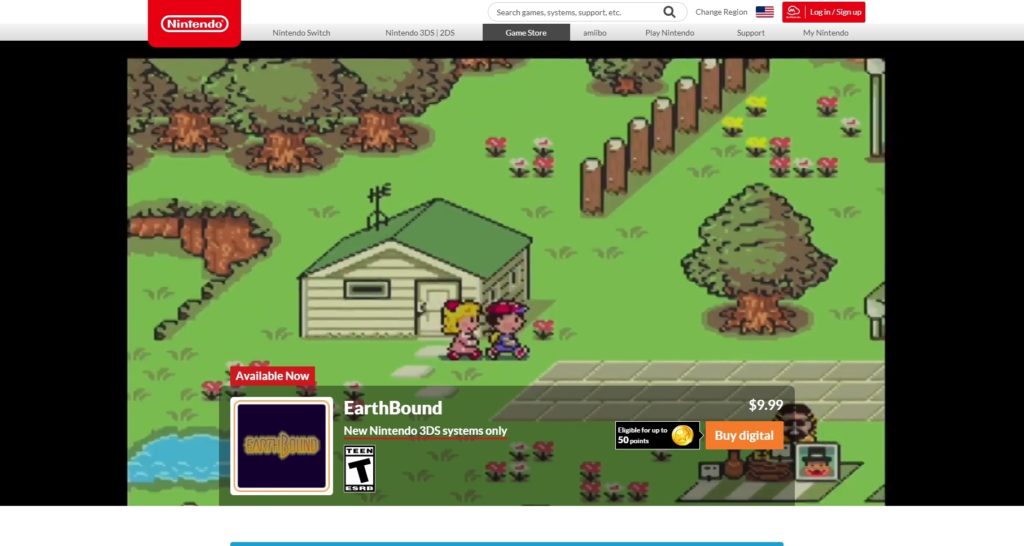
Over time, copies of the game were being discounted as high as ninety percent when retailers like Blockbuster had warehouses full of the game. It fell into obscurity for years, until discussion of the game online in the early 2000s renewed interest thanks to websites like Earthbound.net (now Starmen.net). Through word of mouth alone, EarthBound found new life as Nintendo fans vocalized their interest in a re-release when copies of the game began inflating in value around the mid-2000s. In July of 2013, nearly twenty years after the original release of the game, EarthBound was published on the Wii U’s Virtual Console, smaaashing sales records and topping the charts. It has remained near the top of the Wii U eShop’s chart ever since, redeeming it as one of Nintendo’s most beloved legacy titles.
In-Game Screenshots
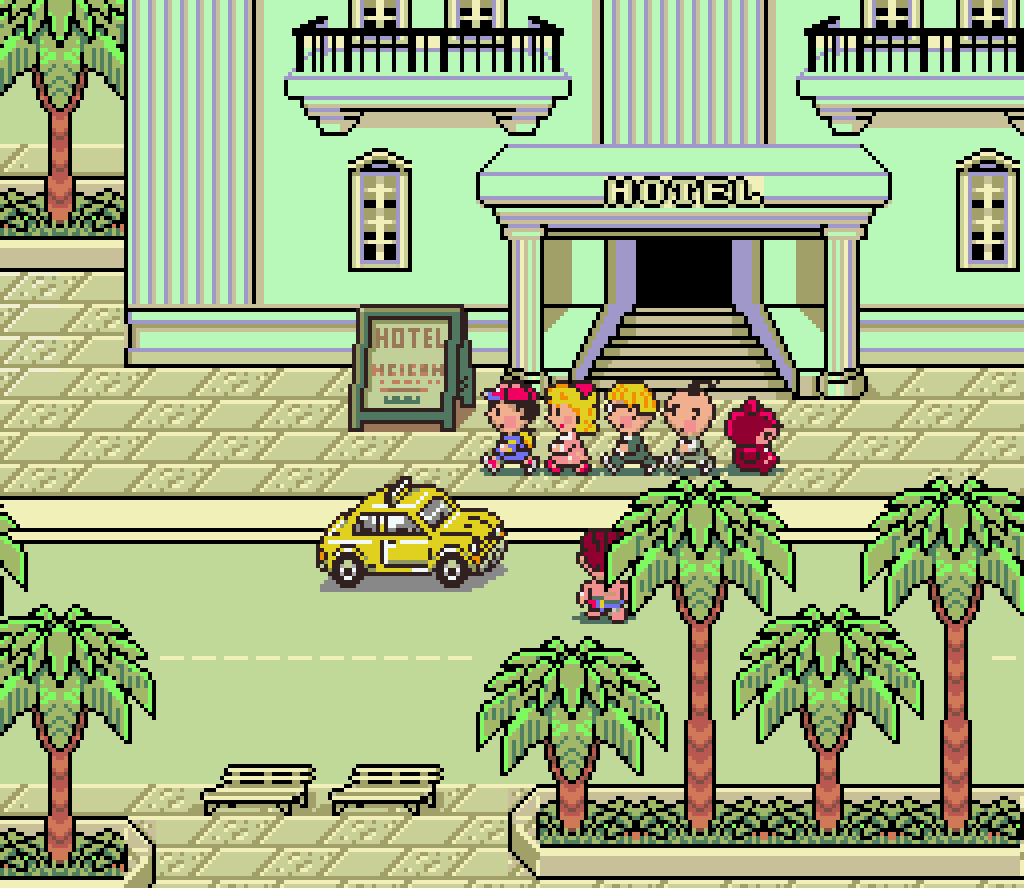
Ness, Paula, Jeff, and Poo having a nice stroll down in Summers; it seems a Teddy Bear tagged along!
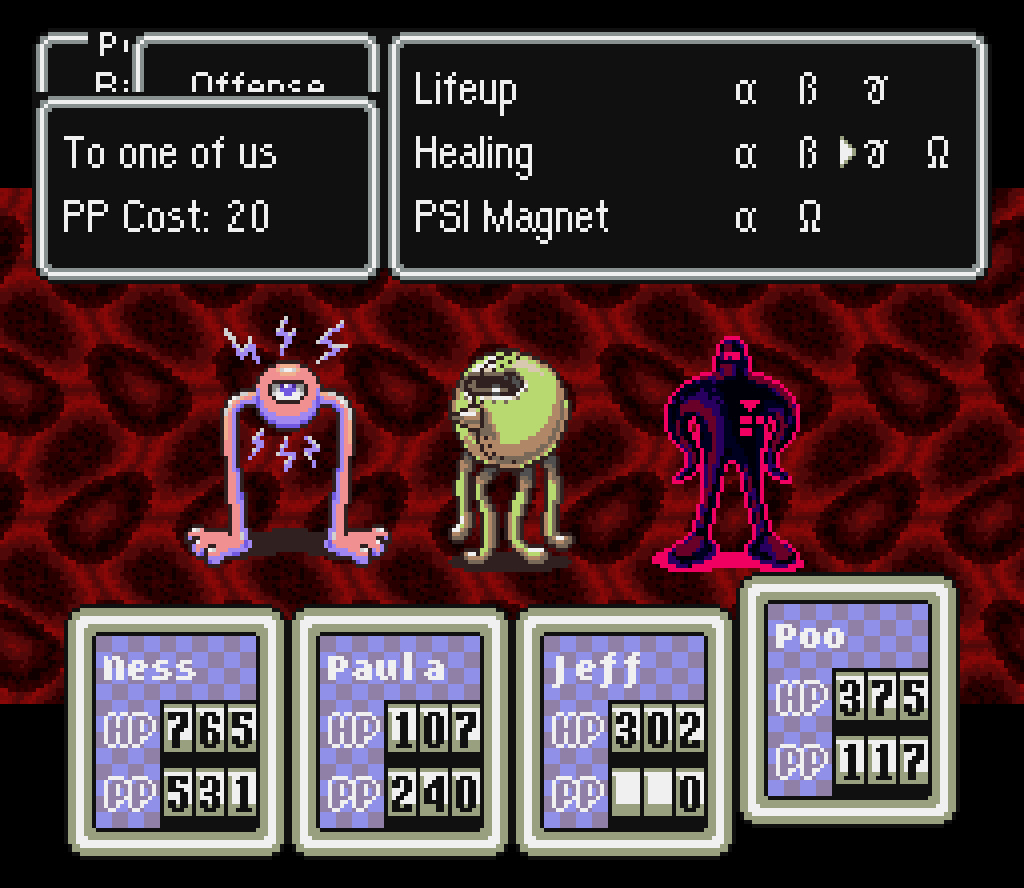
Some really strong baddies here! Especially that Evil Eye and Ghost of Starman!
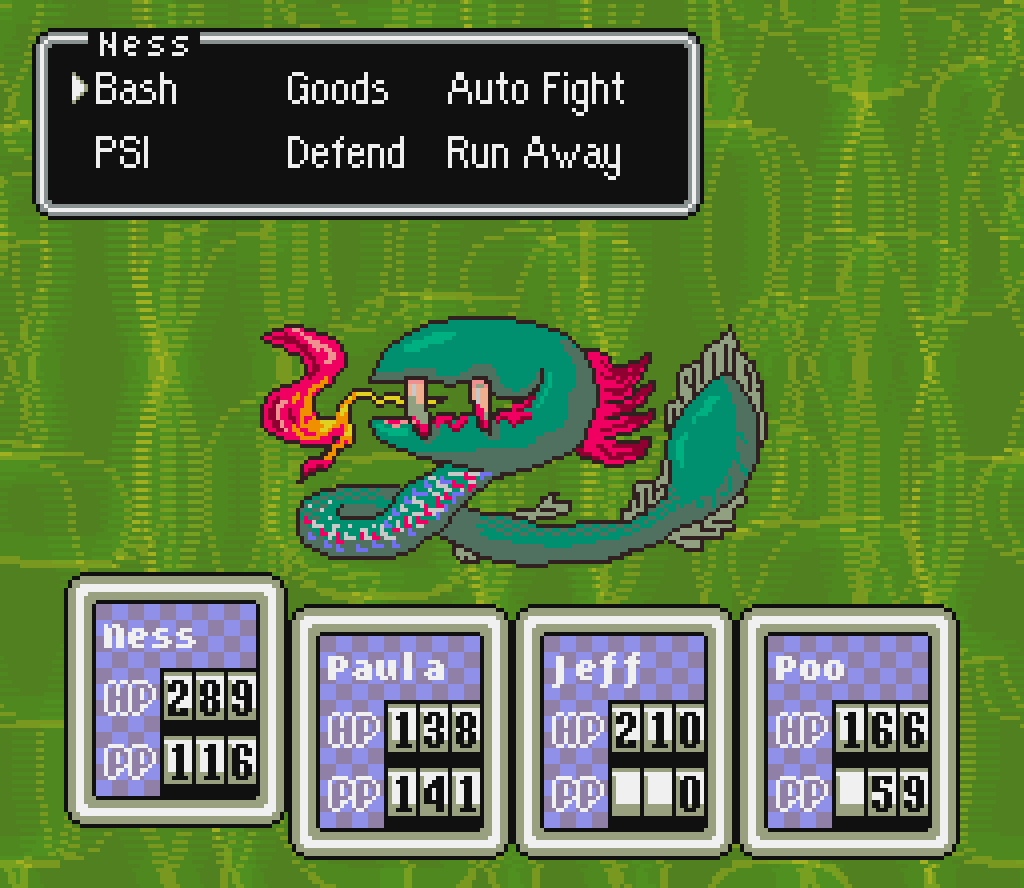
Oh no! It’s the Kraken! Quick! Throw your Slipper at it!!
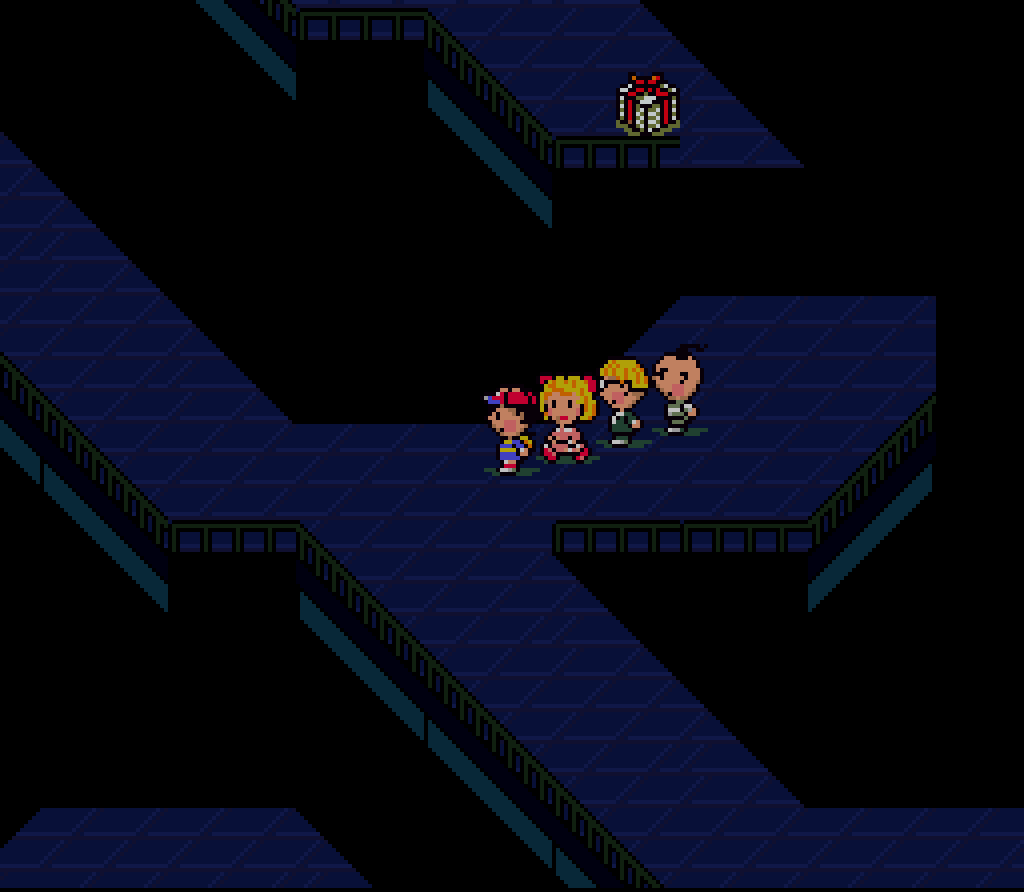
Wonder what this place is; it’s pretty dark and sure is spooky.
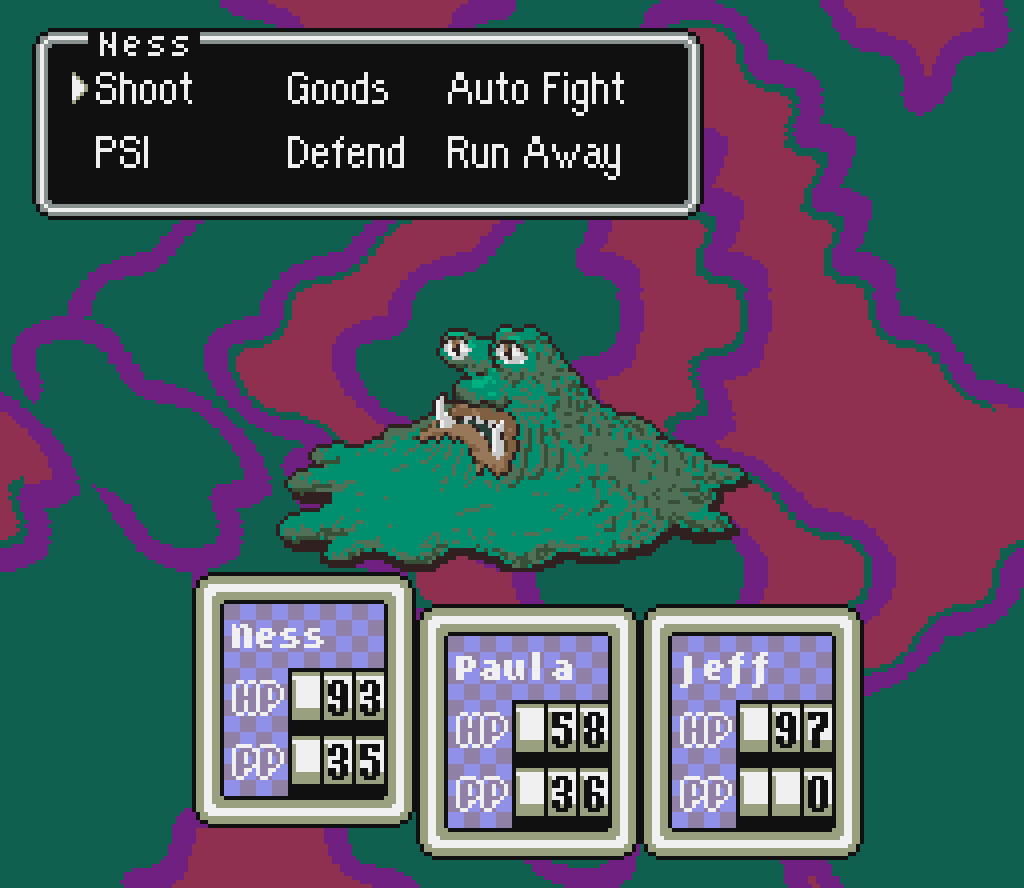
Man! This guy stinks really bad!
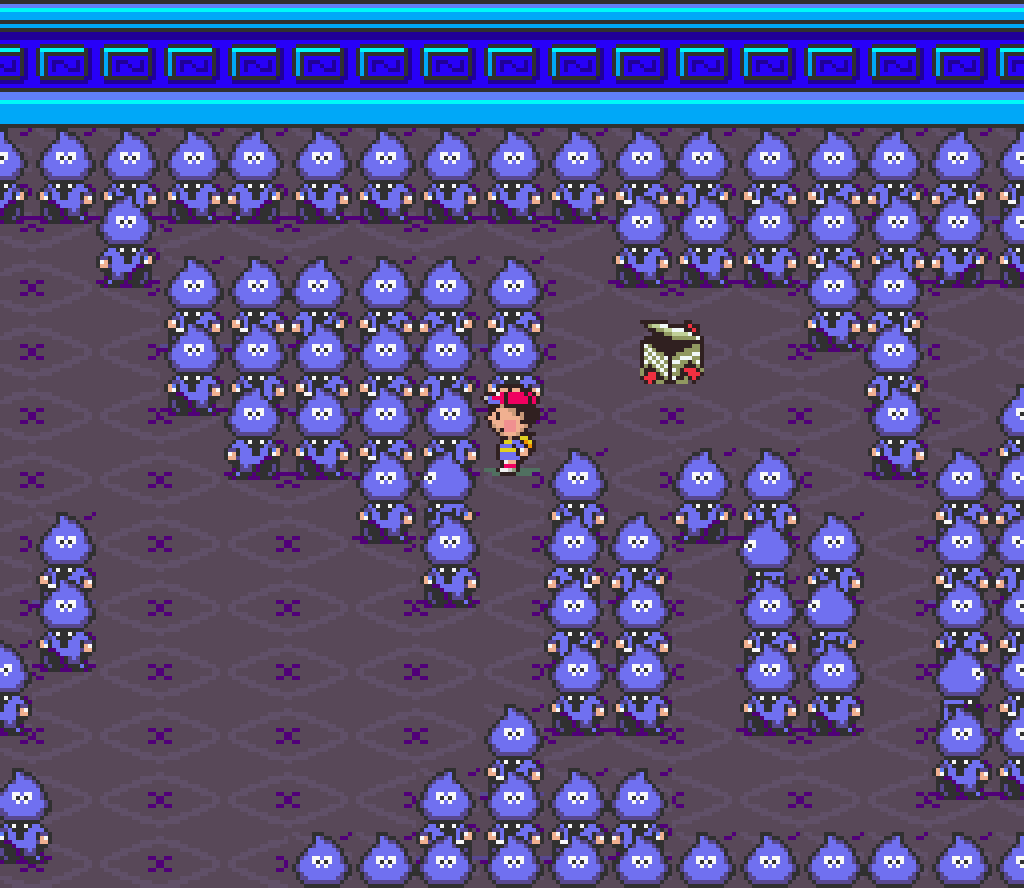
Green green! Oops! Sorry, I’m new at this!
Additional Links & Information
EarthBound Player’s Guide
Ever wanted a copy of the EarthBound player’s guide, but could never find a copy yourself? Well, luckily for you, Nintendo hosts a fully-scanned copy for you to download as a .pdf file! You should check it out; there’s all kinds of wacky-cool stuff in there, only thing you’re missing out on is how bad it smells. Some really high-quality stuff and basically essential to any player’s first time playing EarthBound. Download it now!
EarthBound Localization History
The Musicians & Artists of MOTHER 2



